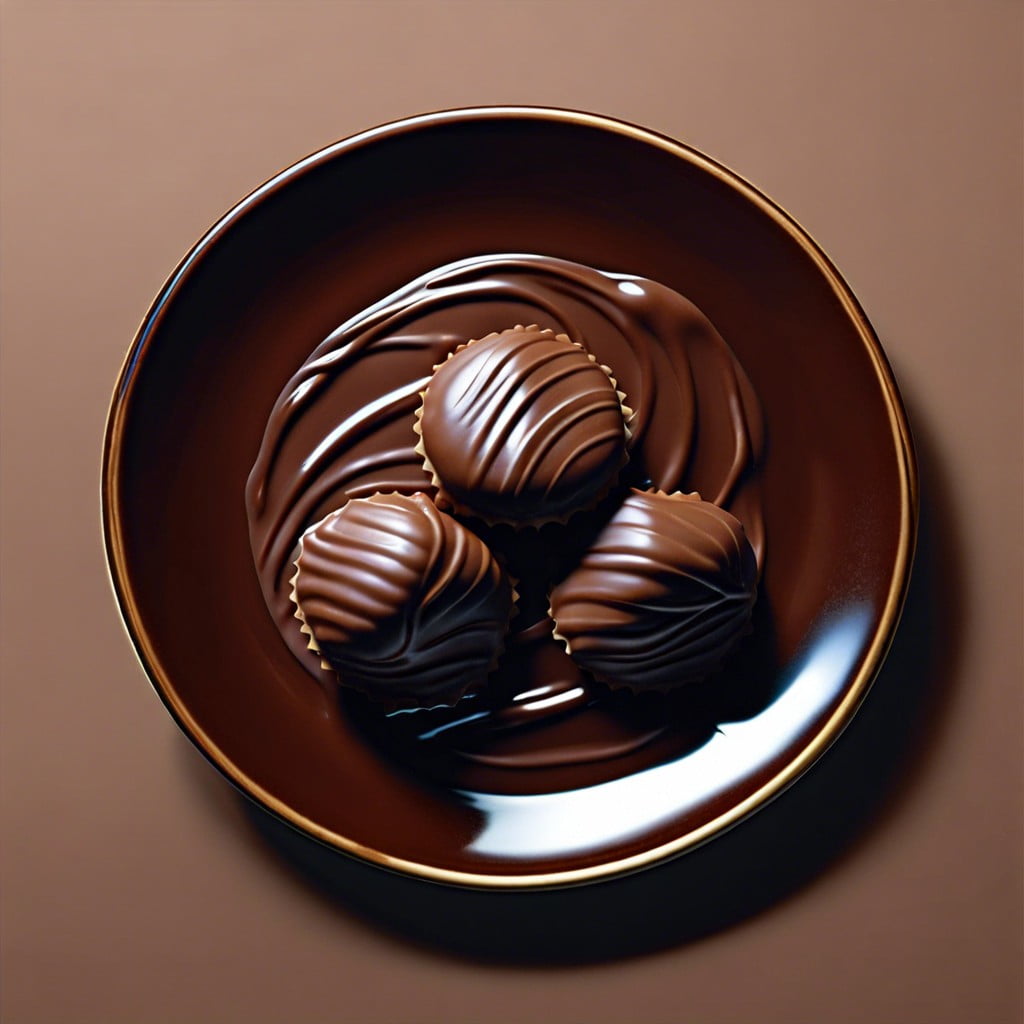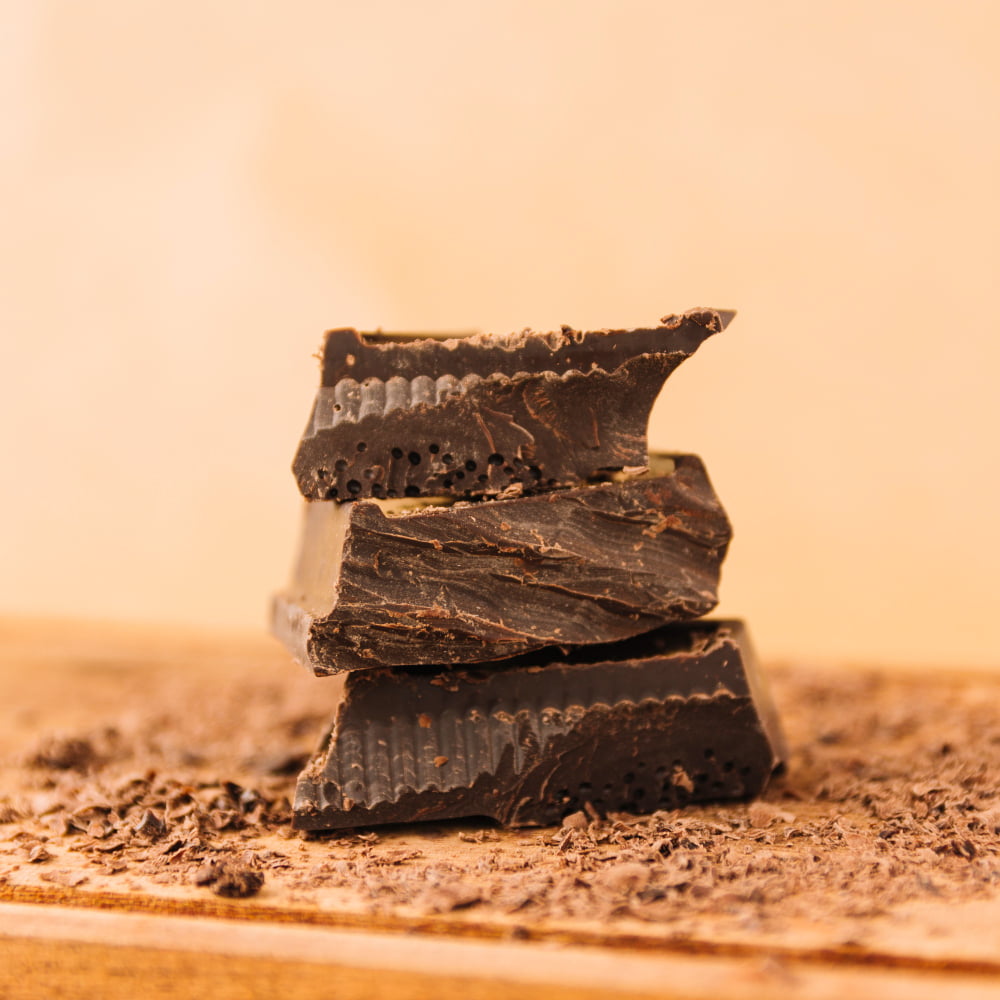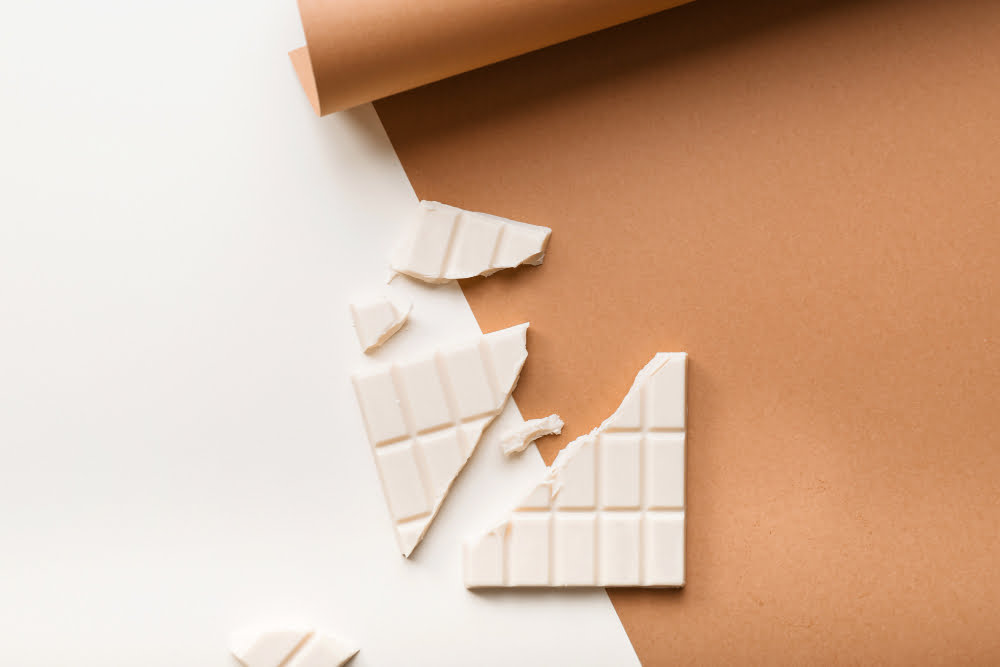Learn the proper techniques to ensure your chocolate-covered strawberries stay fresh and delicious after you’ve made them.
Key takeaways:
- Maintain temperature between 55°F to 68°F (13°C to 20°C)
- Use an airtight, shallow container to prevent moisture and damage
- Consume within 48 hours for optimal taste and texture
- Look for white or gray mold, white film, off smell, or slimy texture
- Prevent condensation by cooling and setting chocolate at room temperature
Inside
Optimal Temperature for Storage

Maintaining a cool, consistent temperature between 55°F to 68°F (13°C to 20°C) is ideal for preserving the taste and texture of chocolate-covered strawberries.
Refrigeration can help extend their shelf life, but it’s crucial to avoid any drastic changes in temperature as they can cause the chocolate to become dull or develop a white coating, known as chocolate bloom.
This is due to sugar or fat migration to the surface when the strawberries go from cold to warm environments.
For brief storage, a cool pantry or cellar can suffice.
Use a thermometer to monitor the temperature regularly, ensuring it remains stable to keep your chocolate-covered strawberries in the best possible condition.
Container Selection for Freshness
Selecting the right container is crucial in maintaining the freshness of chocolate-covered strawberries. An airtight container prevents air and moisture from compromising the quality of the chocolate coating. Use shallow containers to avoid stacking, which can cause the strawberries to crush each other and damage the delicate chocolate layer.
For added protection, place a sheet of wax paper between layers if you must stack. If available, opt for containers that offer compartments or dividers, preserving each strawberry’s shape and integrity. Always ensure the container is clean and dry to prevent mold and bacterial growth.
Timing: Consumption for Best Quality
Chocolate-covered strawberries deliver their peak taste and quality when enjoyed within 48 hours of their creation.
As time progresses, the strawberry’s natural juices may begin to break down the hardened chocolate shell, potentially compromising texture and flavor.
For this reason, plan to consume your chocolate-covered strawberries quickly rather than saving them for later.
If storage is necessary, aim to consume them within this short time frame to savor their optimal freshness and delightful combination of flavors.
Identifying Spoilage Signs
Monitoring your chocolate-covered strawberries for spoilage is crucial to enjoying them safely. Look for any white or gray fuzzy mold, which is a clear sign that the strawberries have gone bad.
If the chocolate appears to have a white film, this could be due to sugar bloom, caused by moisture dissolving the sugar and then recrystallizing on the chocolate’s surface. Although not harmful, it does affect texture and taste.
Additionally, an off smell or a slimy texture on the berries beneath the chocolate indicates that they should be discarded. Always trust your senses; if something seems amiss, it’s best to err on the side of caution and not consume the strawberries.
How to Prevent Condensation
To avert condensation, which can diminish the quality and appearance of chocolate-covered strawberries, start by cooling the strawberries thoroughly before covering them in chocolate. Once coated, allow the chocolate to set at room temperature until it hardens. This step is crucial as placing them in the refrigerator too soon can cause the chocolate to “sweat.”
After the chocolate sets, if refrigeration is necessary, chill the strawberries uncovered for about 15 minutes to lower the temperature gradually. Then transfer them to an airtight container lined with paper towels which will absorb excess moisture. Keep the container sealed until ready to serve. When taking the strawberries out of the fridge, let them sit in the container at room temperature for 30 minutes before opening. This gradual process helps minimize temperature shock and prevents condensation from forming as the strawberries come to room temperature.




